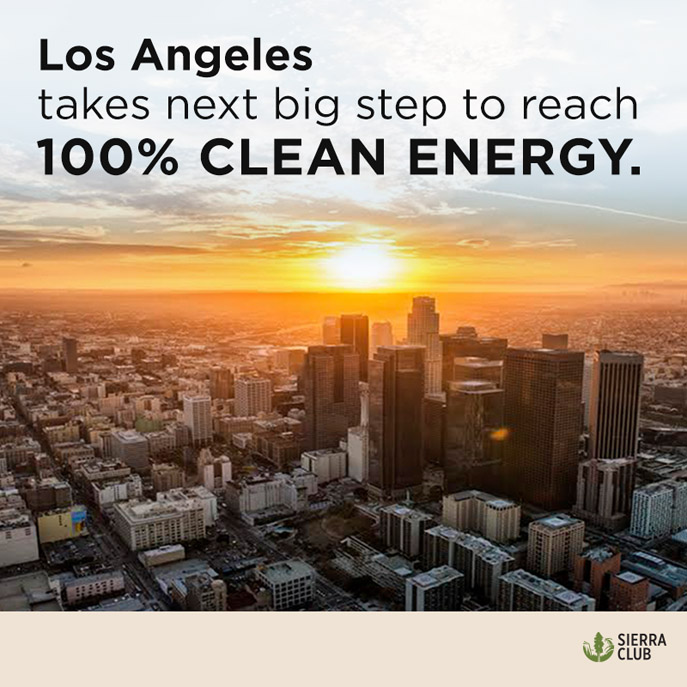Year after year, Angelenos endure some of the most polluted air quality in the entire nation. In 2016, Los Angeles was ranked by the American Lung Association as having the worst air quality of any city in the country. Dangerous smog and haze pollution that blankets Los Angeles throughout the year disproportionately impacts low-income and communities of color, placing an undue burden on some of the more vulnerable communities in the city. Families in cities across the country face similar threats in their communities where big polluters endanger the health of families.
Cities like Los Angeles have a unique responsibility to confront the threats posed by pollution. Today, cities across the world use 80 percent of all energy and account for most of the world’s greenhouse gases. Fortunately, cities are also at the vanguard of solutions to this threat and leaders in places like Los Angeles are taking action to protect the health of their communities, create jobs, and provide long-term security for their residents.
Los Angeles has long been a leader when it comes to energy and the environment. Just in the past few years, the city has divested itself of coal power, developed the largest energy efficiency program in California, and expanded access to rooftop solar. The Los Angeles Department of Water and Power (LADWP) has established programs to create clean energy career pipelines from disadvantaged communities into the local unions. Soon, LADWP will launch a community solar pilot designed to help low-income Angelenos share in the benefits of rooftop solar. These are critical steps that have laid the foundation for an even bolder pursuit of 100% clean energy.
Now, Los Angeles is setting its sights on an even bolder target: 100 percent clean energy. Seventeen cities across the country, including San Diego, San Francisco, and San Jose, have already committed to powering their communities with 100 percent clean energy. With this important measure by the Los Angeles City Council, L.A. will take an important first step in studying how to power their communities with 100 percent clean energy, renewable energy like wind and solar. The City of Denver similarly announced in December that it would study how to get to 100 percent.
With major metropolises like Salt Lake City and San Diego standing alongside smaller towns like Georgetown, Texas, and Greensburg, Kansas, in pursuit of 100 percent clean energy, it’s clear that this transition is happening and will only continue to flourish as more and more cities throughout the United States commit to this goal..
